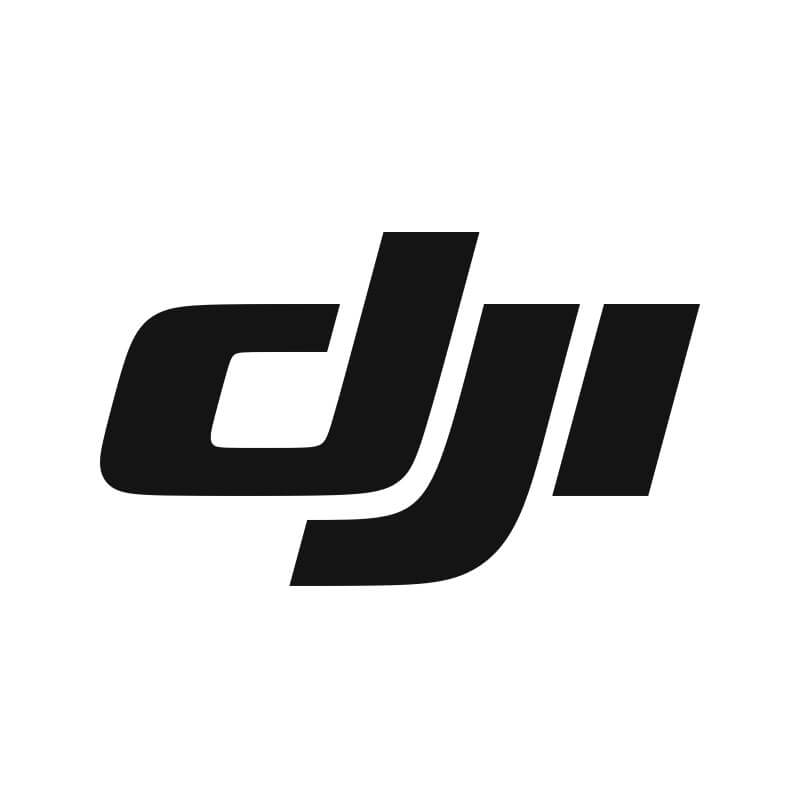What Is Product Listing Optimization?
https://hawkways.com/amazon-listing-optimization/
At its core, product listing optimization is the process of improving your product’s listing so it performs better on search engines and marketplaces. Think of it as crafting a powerful sales pitch combined with smart SEO strategies tailored to your platform. The goal? Make your product not only easy to find but irresistible enough to convert casual browsers into paying customers.
This means tweaking everything—titles, descriptions, images, keywords, pricing, reviews, and even backend settings—so your listing ranks higher and sells more. It’s not just about stuffing keywords or slapping up a few photos; it’s about understanding your audience, the platform’s algorithms, and psychology behind why people buy.
Why Does Product Listing Optimization Matter?
Let me drop some cold, hard facts:
Over 60% of Amazon buyers start their shopping journey by searching for a product on Amazon itself—not Google.
70% of shoppers never scroll past the first page of search results.
Product listings that are optimized properly get up to 30% more clicks and boost conversion rates dramatically.
If your product is invisible or underperforming, it’s not because the product sucks—it’s probably your listing. Think about it. The best product in the world won’t sell if no one can find it or if your listing looks sketchy, confusing, or incomplete. Shoppers have zero patience. They want clarity, trust, and the feeling that your product solves their problem instantly.
Key Elements of Product Listing Optimization
Let’s break down the main parts you need to focus on:
1. Product Title
This is your headline—the first thing shoppers see. It needs to be:
Clear and descriptive
Include the main keyword or search term
Highlight important features like brand, size, color, or model
Avoid keyword stuffing (nobody wants to read a spammy mess)
For example, instead of “Best Bluetooth Speaker,” an optimized title would be “Portable Bluetooth Speaker with 12-Hour Battery Life and Waterproof Design – Black.”
Your title should balance SEO and readability. Write it for humans first, but keep algorithms happy.
2. Product Images
Humans are visual creatures. Your images have to do the heavy lifting because people can’t touch or try your product online. Here’s what you need:
High-resolution images (at least 1000x1000 pixels)
Multiple angles (front, back, side, close-ups)
Contextual shots showing the product in use
Infographics highlighting key features or dimensions
Clear, professional, and distraction-free backgrounds
Also, don’t overlook video. A quick demo or unboxing video can skyrocket your engagement and trust.
3. Bullet Points and Description
Bullet points should quickly communicate the key benefits and features. Use this space to:
Answer common questions upfront
Highlight what sets your product apart
Use keywords naturally without sounding robotic
Be concise but persuasive
The product description lets you get more detailed. Tell a story or explain how the product solves a problem. Use formatting like short paragraphs, bold text, and headings to make it scannable.
4. Keywords and Search Terms
This is where many sellers mess up—either by ignoring keywords or overdoing it. Keyword research is absolutely crucial. Use tools like Helium 10, Jungle Scout, or even Google Keyword Planner to find relevant, high-traffic keywords.
Don’t just focus on generic keywords. Target long-tail keywords that show buyer intent, like “best noise-cancelling headphones for travel” instead of just “headphones.”
Incorporate keywords naturally in your title, bullet points, description, and backend search terms.
What Is Product Listing Optimization?https://hawkways.com/amazon-listing-optimization/
At its core, product listing optimization is the process of improving your product’s listing so it performs better on search engines and marketplaces. Think of it as crafting a powerful sales pitch combined with smart SEO strategies tailored to your platform. The goal? Make your product not only easy to find but irresistible enough to convert casual browsers into paying customers.
This means tweaking everything—titles, descriptions, images, keywords, pricing, reviews, and even backend settings—so your listing ranks higher and sells more. It’s not just about stuffing keywords or slapping up a few photos; it’s about understanding your audience, the platform’s algorithms, and psychology behind why people buy.
Why Does Product Listing Optimization Matter?
Let me drop some cold, hard facts:
Over 60% of Amazon buyers start their shopping journey by searching for a product on Amazon itself—not Google.
70% of shoppers never scroll past the first page of search results.
Product listings that are optimized properly get up to 30% more clicks and boost conversion rates dramatically.
If your product is invisible or underperforming, it’s not because the product sucks—it’s probably your listing. Think about it. The best product in the world won’t sell if no one can find it or if your listing looks sketchy, confusing, or incomplete. Shoppers have zero patience. They want clarity, trust, and the feeling that your product solves their problem instantly.
Key Elements of Product Listing Optimization
Let’s break down the main parts you need to focus on:
1. Product Title
This is your headline—the first thing shoppers see. It needs to be:
Clear and descriptive
Include the main keyword or search term
Highlight important features like brand, size, color, or model
Avoid keyword stuffing (nobody wants to read a spammy mess)
For example, instead of “Best Bluetooth Speaker,” an optimized title would be “Portable Bluetooth Speaker with 12-Hour Battery Life and Waterproof Design – Black.”
Your title should balance SEO and readability. Write it for humans first, but keep algorithms happy.
2. Product Images
Humans are visual creatures. Your images have to do the heavy lifting because people can’t touch or try your product online. Here’s what you need:
High-resolution images (at least 1000x1000 pixels)
Multiple angles (front, back, side, close-ups)
Contextual shots showing the product in use
Infographics highlighting key features or dimensions
Clear, professional, and distraction-free backgrounds
Also, don’t overlook video. A quick demo or unboxing video can skyrocket your engagement and trust.
3. Bullet Points and Description
Bullet points should quickly communicate the key benefits and features. Use this space to:
Answer common questions upfront
Highlight what sets your product apart
Use keywords naturally without sounding robotic
Be concise but persuasive
The product description lets you get more detailed. Tell a story or explain how the product solves a problem. Use formatting like short paragraphs, bold text, and headings to make it scannable.
4. Keywords and Search Terms
This is where many sellers mess up—either by ignoring keywords or overdoing it. Keyword research is absolutely crucial. Use tools like Helium 10, Jungle Scout, or even Google Keyword Planner to find relevant, high-traffic keywords.
Don’t just focus on generic keywords. Target long-tail keywords that show buyer intent, like “best noise-cancelling headphones for travel” instead of just “headphones.”
Incorporate keywords naturally in your title, bullet points, description, and backend search terms.












